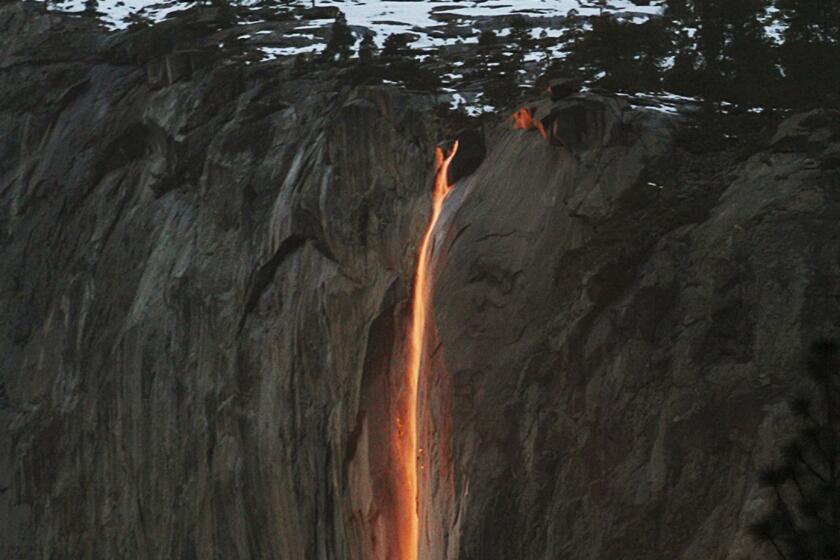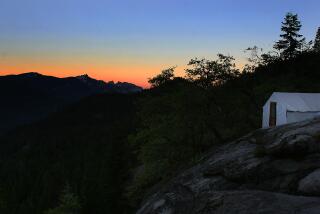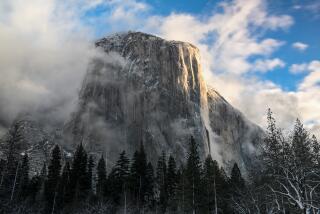About 430,000 more of you visited Yosemite in 2019. Here are the best times to go

Attendance at Yosemite National Park increased by 10.2% in 2019, newly released numbers show, and rangers are huddling with experts to devise ways to better manage traffic.
The National Park Service’s latest “monthly use report” shows 4.59 million visitors last year, up from 4.16 million the year before.
The figure didn’t top the park’s busiest year — about 5.2 million travelers in 2016 — but Yosemite remains the busiest of the nine national parks in California and worries about overtourism continue to grow.
Park spokesman Scott Gediman said Yosemite management is working with traffic engineers and collaborating with Zion National Park in Utah on ways to better measure where visitors go and when, so the park can manage traffic.
These numbers offer insights to the best and worst times to visit:
• Earlier morning and late afternoon and evening are always less crowded, because many park visitors are day-trippers who come in from Oakhurst to the south or Groveland to the west.
• The slowest month of the year: February. About 116,000 visitors entered the park that month in 2019.
•Busiest month: July. About 743,000 visitors came, edging out August at 728,000.
•Although thousands of visitors from Southern California roll through the park’s south entrance on California 49, north of Fish Camp and Oakhurst, it’s not the busiest of Yosemite’s five entrances. That would be Oak Flat along California 120 east of Groveland, the route that San Francisco Bay Area drivers follow.
Gediman said park leaders calculated the valley’s user capacity in 2014 as part of work on the park’s Merced River Plan. The basic conclusion: Yosemite Valley can handle 18,710 people at one time before traffic begins to slow down and visitor experiences begin to suffer. That report says the valley “will accommodate a peak visitation of approximately 20,100 visitors per day.”
Sunsets at Yosemite’s Horsetail Fall explode with fiery colors in February, if conditions are clear.
But for most planning purposes, “our issue is the vehicles, not the people,” Gediman said.
“We figure about three people average per car. On a typical summer day, we get 5,000-6,000 cars. When we get to about 7,000 cars, that’s when we get traffic jams.”
On two days in July, Gediman said, more than 8,000 cars arrived. Yosemite Valley has about 1,200 parking spaces for day visitors, a number that’s expected to increase slightly in coming years.
The upside to the growing visitor numbers, Gediman said, is obvious but worth remembering: “People develop their love of national parks by going to the park. There’s no substitute for the trail. The smells. The sights.”
More to Read
Sign up for The Wild
We’ll help you find the best places to hike, bike and run, as well as the perfect silent spots for meditation and yoga.
You may occasionally receive promotional content from the Los Angeles Times.








